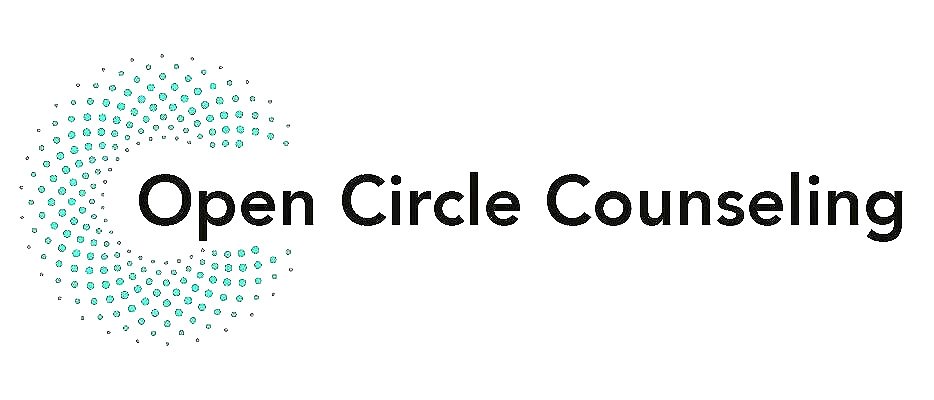“The avoidance of suffering is a form of suffering.”
Anxiety and avoidance often go hand in hand. When you experience anxiety, you may feel a lot of fear, worry, or heightened body sensations about specific situations and the possible outcomes of being in those situations. To cope with these overwhelming feelings, you might resort to avoidance behaviors. These behaviors involve (you guessed it!) avoiding situations, places, or people that trigger, or activate, your anxiety. As time goes on, you may find more and more people, places, and things that activate worry, fear, or a jittery nervous system.
Here's how anxiety and avoidance are connected:
Fear Reinforcement: When you avoid situations that bring on anxiety, you can get short-term relief, and this reprieve reinforces your avoidance behavior, making it more likely and familiar to you. So, you may then start avoiding similar situations more often. However, this avoidance prevents you from learning that the situation might not have been as difficult, dangerous, or scary as you believed. That you can survive going to an event alone, that you can get on an airplane. in the long run, turning away from and avoiding strengthens anxiety because you cannot learn to cope with the situation and the thoughts, emotions, and behaviors leading up to the situation.
Narrowing of Activities: Avoidance can lead to a narrowing of your life. You might stop participating in activities you used to enjoy or avoid social interactions, ultimately impacting your quality of life. When you become more isolated from the world, you can become depressed, unhappy, and—yes, more anxious.
Increased Sensitivity: Avoidance can increase and expand your anxiety triggers. The more you avoid, the more sensitive and fearful you become to those situations, making it even more challenging to confront them in the future. Your brain and nervous system are primed to believe future events are threatening.
Cycle of Anxiety: Anxiety and avoidance are a vicious feedback loop. Anxiety leads to avoidance, which provides relief but reinforces the anxiety, leading to more avoidance. Breaking this cycle often requires confronting the feared situations with the help of therapy and gradual exposure. So, what can you do to confront, re-frame, and build your toolkit? Read on…
Mindfulness and Deep Breathing: Sometimes, we can only breathe. Breathing exercises can match the intensity of what you are experiencing. For a quick fix, try straw breath: inhale deeply through your nose, exhale with sound, pursing your lips, and imagine you are blowing out through a straw. For a more complicated breathing activity that may stop your spiraling thoughts, try 4-7-8 breaths: inhale for 4, hold your breath for 7, and exhale for 8. Remain focused on the present moment without judgment (mindfulness) via taking action by engaging your mind and body in a breathing activity.
Physical Activity: Do as best you can regular physical activity. Exercise can boost your mood and reduce anxiety. It doesn’t have to be intense – even a short walk can make a difference. But sometimes, doing a complicated and/or intense physical activity can engage you more directly in the here-and-now.
Healthy Lifestyle: I’m sure you’ve heard it before—maintain a balanced diet, sleep well, and limit caffeine and alcohol intake. All these factors can significantly impact your anxiety levels. Changing your habits takes time. Celebrate the stepping stones! It’s an opportunity to engage in some authentic positive self-talk. ‘Nice work, Amanda. You are worth the effort’.
Finding what works for you might take some time and experimentation. Contact me to learn more about how I can support you to transform and break apart the avoidance-anxiety cycle.
